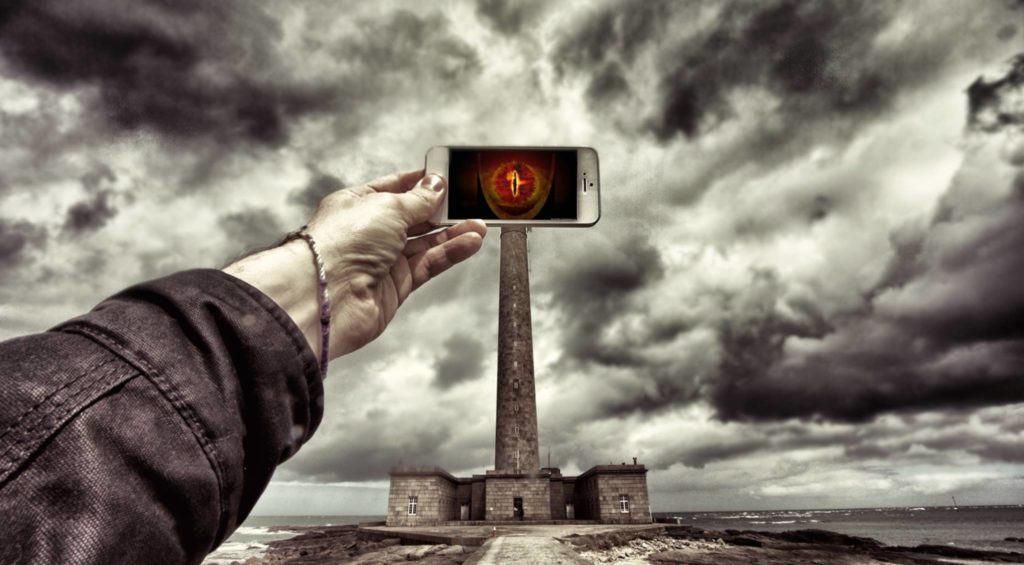Aller au contenu
The digital age, through its organisation into a web and its use of sharing informations and videos, gives an increasingly important role to found footage. The filmmaker can work without a film camera, thanks to the footages shot by others which he can manipulate and organise in his own very personal style.
Making something new out of existing material is an artistic practice as old as the world. The Renaissance architects incorporated the elements of Greek and Roman art into their work. We are merely dwarves borne on the shoulders of giants. But the Romantics of the 19th century invented the myth of immanent creation, and the concept was reinforced by development of the notion of copyright.
Today « second-hand cinema », as Christa Blüminger calls it, has once again come into prominence. The use of « mashups » on social networks is widespread. Will the popular version of « mashups » which makes the blogosphere laugh spotlight other more complex forms of cinematic mashup ? But at what point, exactly, can we speak about appropriation? Who are the true authors of these works ? Perhaps mashup cinema will make us redefine the very concept of « author ».
Personally I make mashup films because sometimes I find it difficult to consider myself an author. Borrowing footages allows me to escape from myself, not to face my own writers’ block. Little by little, I discover my own face in the faces of other authors. Ken Jacobs, in his « Perfect film» claims that he had no need to say anything just to show it. Such borrowing can reveal many things. It can intensify the ambiance and speed up the narration. A single borrowed image from a cult film can evoke an entire universe in a matter of seconds.
Do these personal or utilitarian factors explain the current passion for the « mashup »? Why is all this happening now?
Today, at the start of the 21st century, animated pictures are almost too prominent in our lives. Everybody can film with a smartphone and share the pictures with the huge online public. Given this plethora of images, the best way, at least for some film-makers, to create meaning is no longer to find new pictures but to highlight existing ones and to connect them.
Film language is evolving as our brains evolve. Are we not functioning more and more through hyper-textualism, skipping from one hyperlink to another ? The Internet causes us to « dig » horizontally. Today our store of knowledge is potentially infinite. The archives are opening up and works are coming into the public domain. The question today therefore is not how a filmmaker can create a personal work from borrowed material but how he can not to do so. And what if in some years mashup film-makers outnumbered conventional film-makers. The ant-filmmaker of the 20th century shot images. The spider-filmmaker of the 21st century will spin them into webs.



